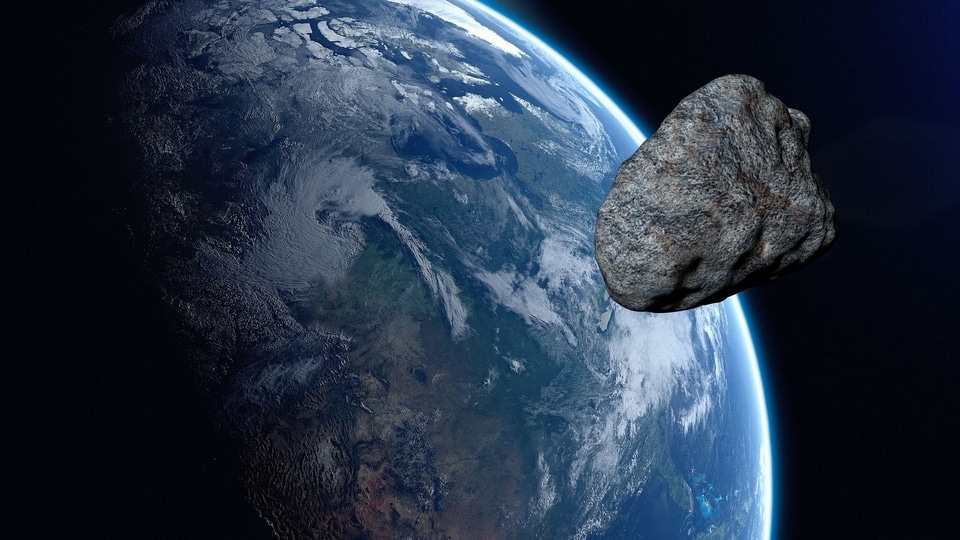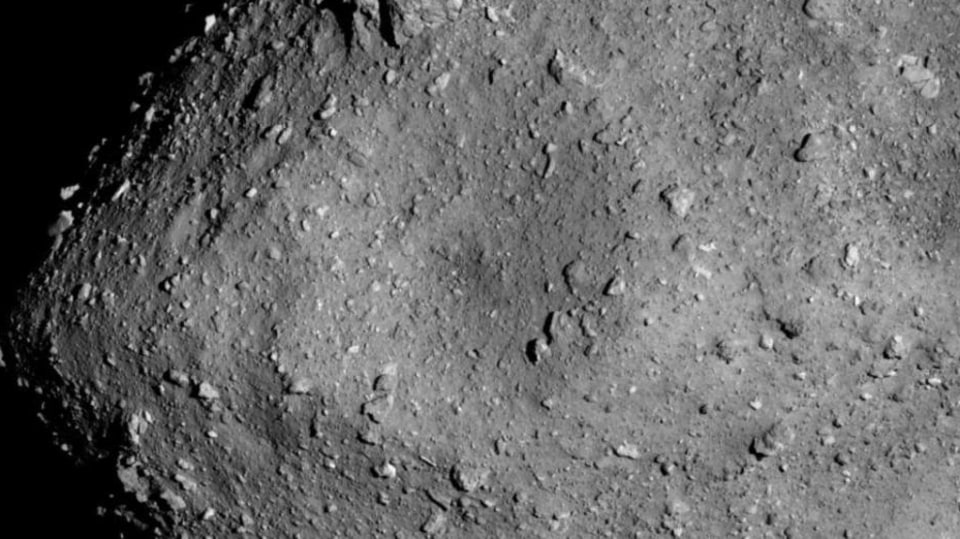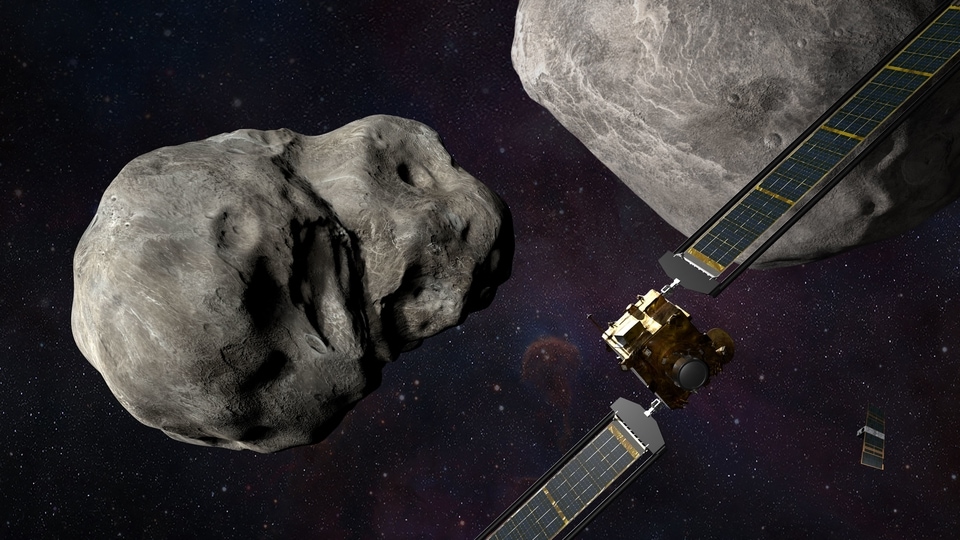BEWARE, this huge asteroid will come terrifyingly close to Earth! NASA issues alert
A huge asteroid is heading towards the Earth and will come terrifyingly close to the planet in the coming days. Will it crash on Earth, burn up in atmosphere or fly by after buzzing the planet at terrifyingly close quarters? Check what NASA said about this asteroid.



_1639115875543_1639115887157.jpg)


 View all Images
View all ImagesA huge asteroid is heading towards the Earth and will come terrifyingly close to the planet in the coming days. Will it crash on Earth, burn up in atmosphere or fly by back into endless space after buzzing the planet at terrifyingly close quarters? Asteroids are Near-Earth Objects (NEOs) which are often found orbiting the Sun in the main asteroid belt near Jupiter. NASA defines NEOs as an object whose orbit brings it within a zone approximately 195 million kilometers from the Sun, meaning that it can pass within about 50 million kilometers of Earth's orbit. Usually, asteroids are the most common NEOs which come near the Earth's orbit. Most of them burn up and disintegrate before reaching the planet but some can still pass through. Now, another one is already on its way.
Asteroid 2020 PT4 to come terrifyingly close to Earth on September 15
Asteroid 2020 PT4 is part of the Apollo group of asteroids. According to the-sky.org, this asteroid takes almost 734 days to complete one orbit of the Sun, during which its farthest distance from the Sun is 355 million kilometers and nearest distance is 122 million kilometers.
Asteroid 2020 PT4 is heading for Earth on September 15 at a blistering speed of 39,024 kilometers per hour, according to NASA. It will make its closest approach to the planet at a distance of nearly 7.1 million kilometers. Although Asteroid 2020 PT4 is not expected to impact the Earth, it has still been classified as a Potentially Hazardous Object due to the close proximity by which it will pass Earth.
_1663046867737.jpg)
_1663046867737.jpg)
A slight deviation in its path due to interaction with the planet's gravitational field could change its trajectory and send it hurtling towards the Earth.
NASA's DART spacecraft gets first sight of target asteroid Didymos
The DART spacecraft recently got its first look at Didymos, the double-asteroid system that includes its target, Dimorphos. According to the information provided by NASA, on September 26, DART will intentionally crash into Dimorphos, the asteroid moonlet of Didymos. While the asteroid poses no threat to Earth, this is the world's first test of the kinetic impact technique, using a spacecraft to deflect an asteroid for planetary defense."
Using observations taken every five hours, the DART team will execute three trajectory correction maneuvers over the next three weeks, each of which will further reduce the margin of error for the spacecraft's required trajectory to impact.
Catch all the Latest Tech News, Mobile News, Laptop News, Gaming news, Wearables News , How To News, also keep up with us on Whatsapp channel,Twitter, Facebook, Google News, and Instagram. For our latest videos, subscribe to our YouTube channel.


























